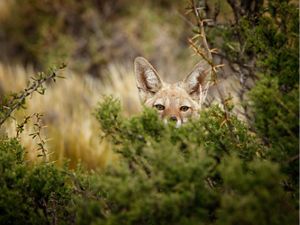Biodiversity: Nature by Another Name
Nature underpins every aspect of human existence—and it is in crisis
Key Takeaways
Biodiversity underpins every aspect of life on our planet—but it's currently declining at an unprecedented rate.
To reverse this trend, we must find better ways to manage humanity's footprint on land, freshwater and sea—and new ways to fund this work.
Tackling the interconnected crises of rapid climate change and biodiversity loss over the next decade is a massive undertaking, and it involves countless partners, communities, funders, governments, and businesses.
Whether you live in a large coastal city or a small town in the foothills; work in agriculture, engineering or finance; live off the land or consider yourself an urban warrior; whether you consciously realize it or not, we all need nature.
The food we eat, the air we breathe, our climate—essentially, everything that makes Earth inhabitable—all depends on the interplay of millions of organisms in diverse ecosystems, which have learned to thrive and interact over billions of years.
This variety of life, the communities they form, and habitats in which they live make up the fabric of life—biodiversity. It underpins planetary health and informs everything down to the taste of a grain, the strand of a cloth and a sip of water, supporting our most basic needs. Yet, nature and wildlife are declining around the world at an unprecedented rate.
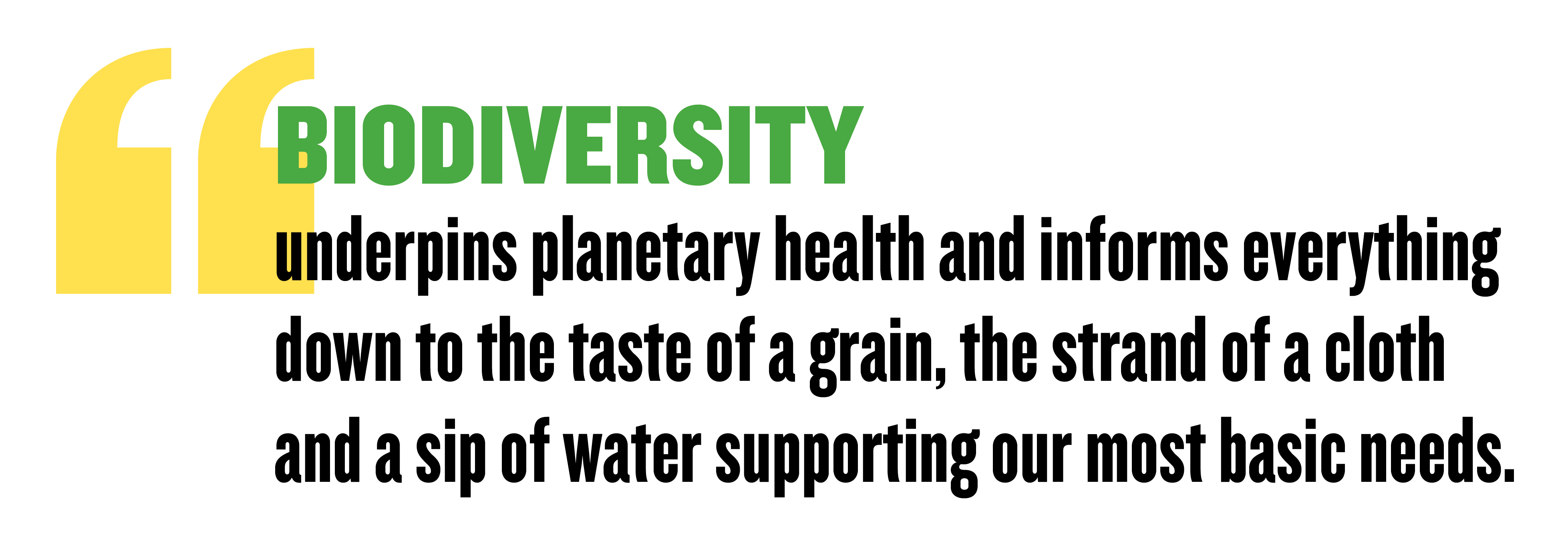
THE COST OF LOSING NATURE
The United Nations’ Intergovernmental Science-Policy Platform on Biodiversity and Ecosystem Services (IPBES) recently warned that we are exploiting nature far more rapidly than it can renew itself, driving extinctions up to 1,000 times faster than the background “natural rate.” The report also spells out that up to one million known species could disappear by 2050. Invertebrates, in particular, are disappearing so quickly that some scientists are warning of a looming ‘Insect Armageddon.’
That species loss comes at a price—both literally and figuratively. While the intrinsic value of nature is priceless, economists have estimated that nature also contributes trillions of dollars to the global economy each year, in the form of ecosystem services – natural processes like pollination and the provision of water. We know, for instance, that 75 percent of global food crops rely on pollination; that forests filter and store 40 percent of the water for the world’s largest urban areas; and coastal habitats like coral reefs and mangroves buffer us from floods and storms while also absorbing carbon dioxide from the atmosphere. Beyond these essential services, other cultural and physical aspects of our relationship to nature, although less easy to quantify, are arguably just as important to our quality of life.
PROTECT THE BEST—BUT ALSO MANAGE THE REST
Climate breakdown is already making it clear that the future of human development depends on rethinking our relationship with the natural world. The biodiversity crisis further reinforces the need for urgency. The Nature Conservancy (TNC) is part of a global effort to preserve the world’s remaining wild and near-natural habitats, with the goal of protecting 30 percent of the planet by 2030. But it’s not enough to simply create more protected areas on land, freshwater and at sea—we also need to address the root causes of biodiversity loss.
The biggest direct drivers causing this steep decline are massive land-use changes, climate change, pollution, resource use and exploitation, and invasive species. Agricultural expansion in the past fifty years has resulted in the degradation of intact forests, especially in the tropics, but cities and roads have also encroached upon natural landscapes. Marine ecosystems, meanwhile, are in a dire state from the cumulative impacts of overfishing, pollution, and climate-related drivers like ocean warming, acidification and deoxygenation.

Addressing these issues means fundamentally changing the way we manage humanity’s footprint on land, freshwater and sea. We can—and must—grow more food through regenerative agricultural practices that seek to reduce greenhouse gas emissions and protect soil and biodiversity. In addition to halting deforestation and other habitat conversion, we can better manage working forests in ways that preserve as many species as possible without sacrificing sustainable production. In areas that have already been degraded, we must restore and regenerate forests and other landscapes. Degraded lands also offer opportunities to site infrastructure in ways that meet human needs with minimal impact to nature.
At sea, we need to better manage fisheries, create safe havens in the ocean, and build resilience along our coasts. One bright spot: a new agreement for biodiversity beyond national jurisdiction (more than 200 nautical miles from shore) aims to protect the world’s high seas. The agreement should be completed during the fourth and final round of talks in spring 2020.
INVEST IN SUSTAINABLE PATHWAYS
Make no mistake: achieving all this within the timescales required to avert ecological catastrophe will require massive and transformative changes in our global economies and financial systems. For example, the hundreds of billions of dollars in public subsidies currently directed towards the agriculture sector, originally intended to make food cheaper and more plentiful, have hidden costs for both nature and human health by too often effectively incentivizing unsustainable farming practices and unhealthy eating. Such funds should ideally be reallocated in ways that support healthy food production while also benefiting nature.
Rethinking public spending alone isn’t enough, though—we’ll also have to unlock or redirect new sources of funding for nature, including from the private sector. Too often the economic value of the services nature provides—the way forests filter and recharge groundwater, for example—go unrecognized and unvalued. But quantifying these values opens the door to investing directly in nature in ways that can deliver both financial returns and conservation benefits. To start to manage the conservation crisis, we need to be looking for conservation finance solutions that can easily scale to deliver billions of dollars per year, every year.
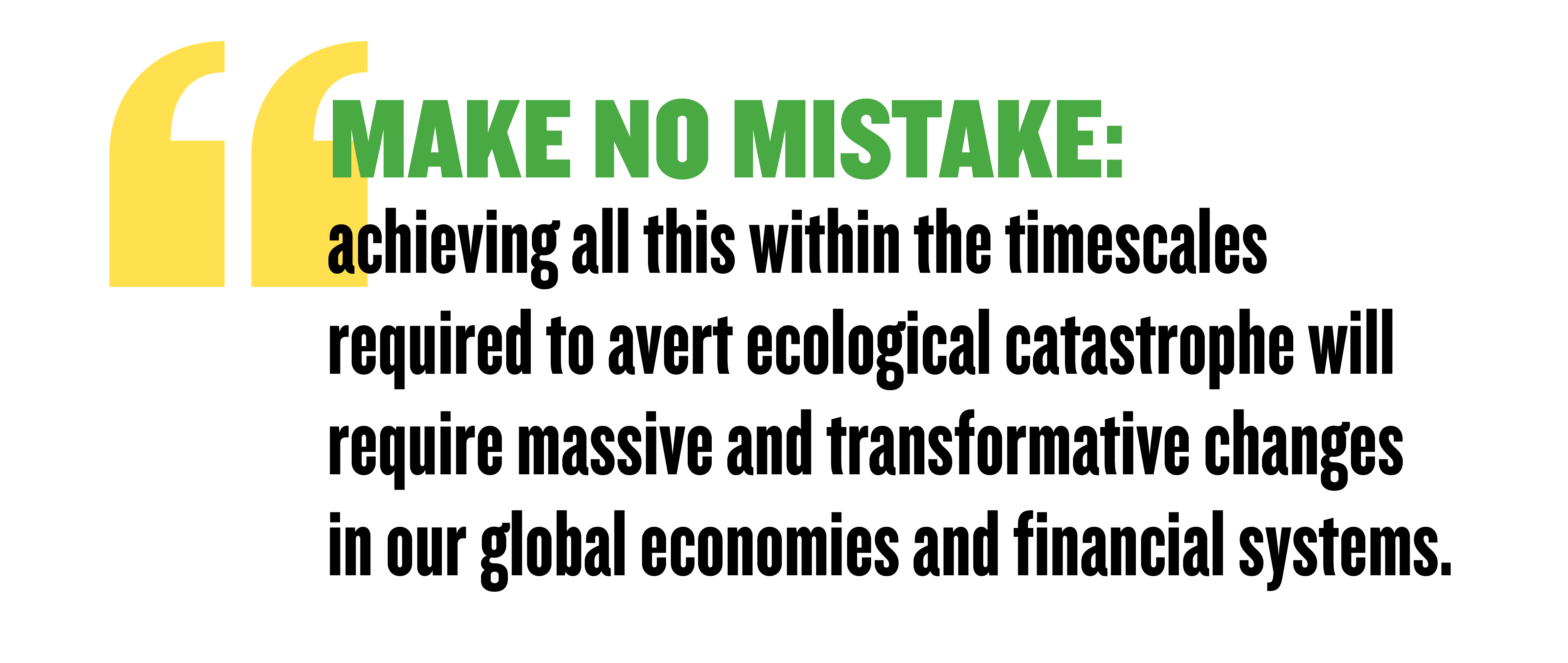
The Nature Conservancy has pioneered the use of water funds—localized arrangements where urban water users pay into a fund that then invests in conservation and improved agricultural practices in the upper watershed. Source watersheds provide water for the largest cities on the planet; they represent one third of the Earth’s surface, sustain more than 1.7 billion people and are home to more than 50 percent of the planet’s endangered terrestrial species.
In many cases, these investments in “natural infrastructure” are a more cost-effective way to secure water quality improvements compared with traditional ‘gray infrastructure’ solutions like water filtration plants. Considering that the world spends around half a trillion dollars a year on water infrastructure, nature can improve the return on that investment by providing cleaner drinking water for hundreds of cities for less. That’s a multi-billion dollar investment proposition with a negative financial cost.
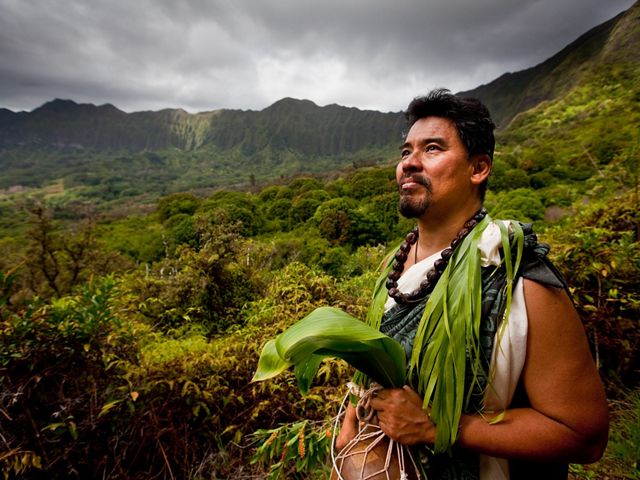
COMMIT TO NATURE
The decade ahead is crucial for tackling these major ecological and systemic threats. The interconnected crises of climate change and biodiversity loss mandate a massive, joint undertaking, and it involves countless partners, communities, funders, governments, and businesses. Momentum is also building through a public voice and a movement creating a demand for nature.
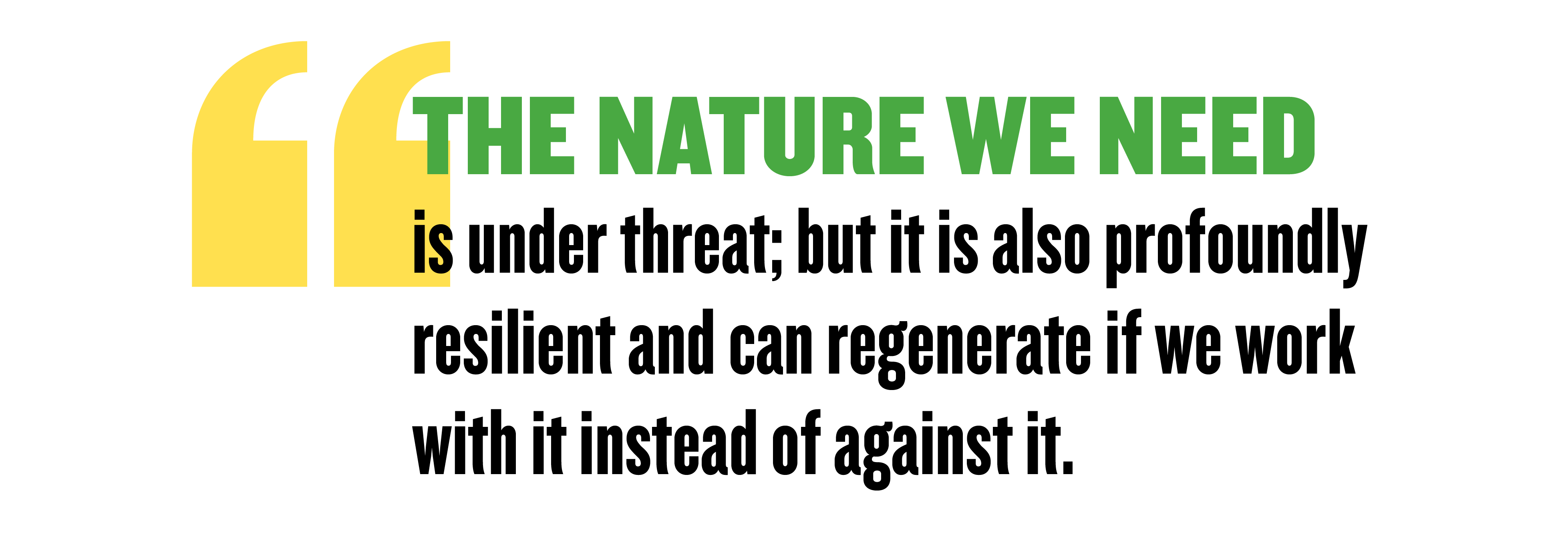
The natural world is not a faraway place: it is our world. Large-scale ecological collapse in such a short period of time has happened just five times in geological history. Historically, however, mass extinctions were caused by catastrophic events like asteroid collisions and volcanos. This time, human activities and the planet’s runaway transformation is happening on our watch.
The good news is that the way forward is in our hands, too—but only if we are willing to make the creative, political and financial decisions necessary today to avoid almost unimaginable consequences in the future. The nature we need is under threat; but it is also profoundly resilient and can regenerate if we work with it instead of against it. A strong agreement between countries charting a way forward, underpinned with the financial wherewithal to make it stick, would be two credible and necessary steps to change course next year and truly mobilize for nature.
Global Insights
Check out our latest thinking and real-world solutions to some of the most complex challenges facing people and the planet today.


